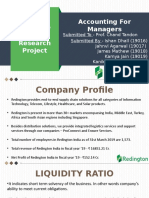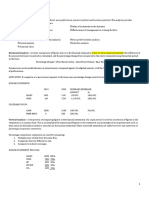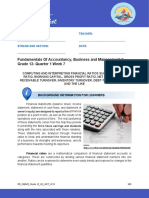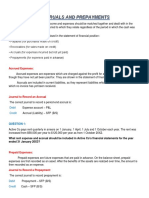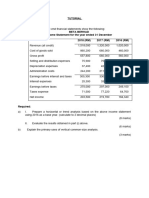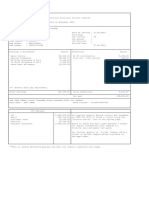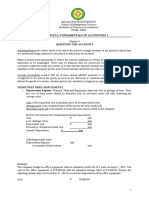0% found this document useful (0 votes)
143 views8 pagesRatio Analysis Project
A project that is mainly based on the financial reporting techniques, this document includes different types of ratios analysis
Uploaded by
Môbĭ ShAhCopyright
© © All Rights Reserved
We take content rights seriously. If you suspect this is your content, claim it here.
Available Formats
Download as DOCX, PDF, TXT or read online on Scribd
0% found this document useful (0 votes)
143 views8 pagesRatio Analysis Project
A project that is mainly based on the financial reporting techniques, this document includes different types of ratios analysis
Uploaded by
Môbĭ ShAhCopyright
© © All Rights Reserved
We take content rights seriously. If you suspect this is your content, claim it here.
Available Formats
Download as DOCX, PDF, TXT or read online on Scribd
/ 8









